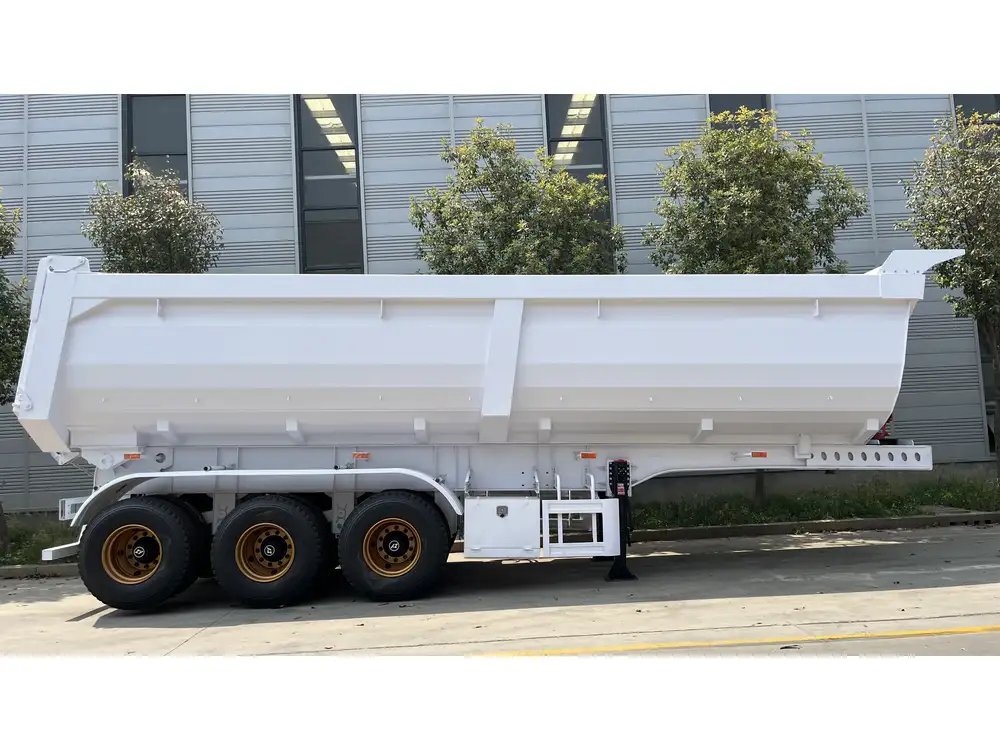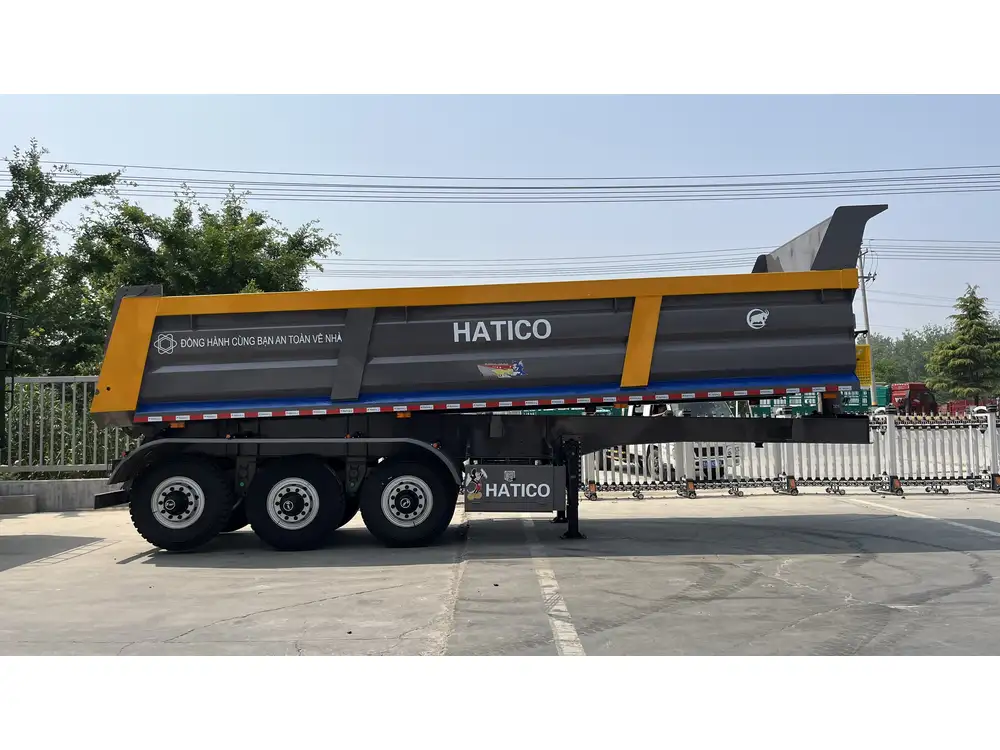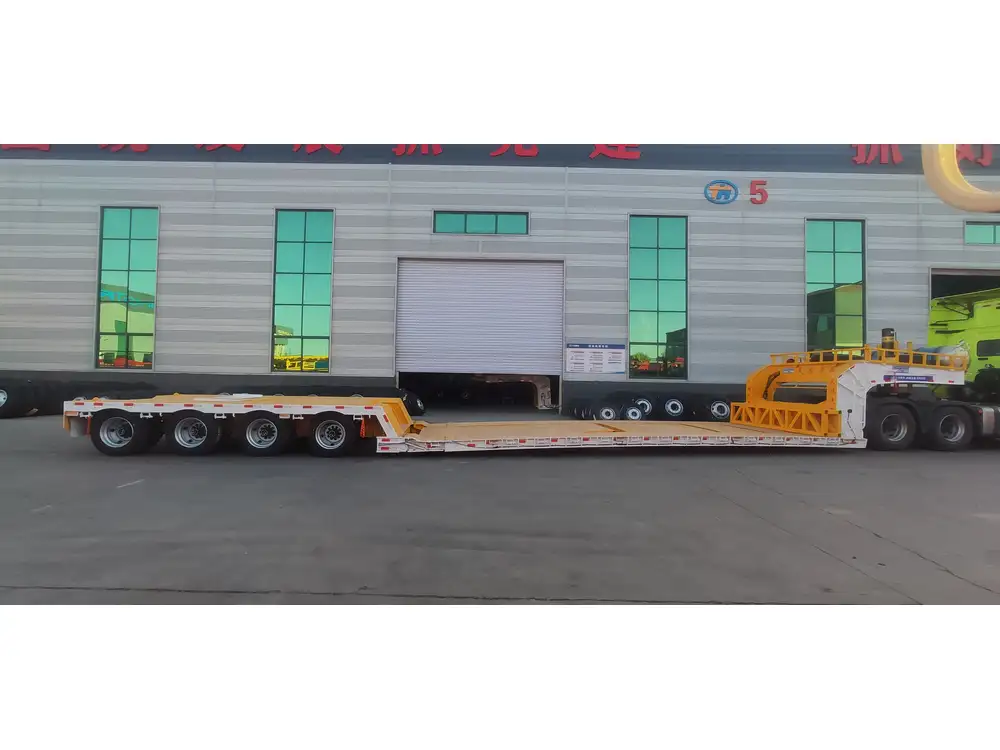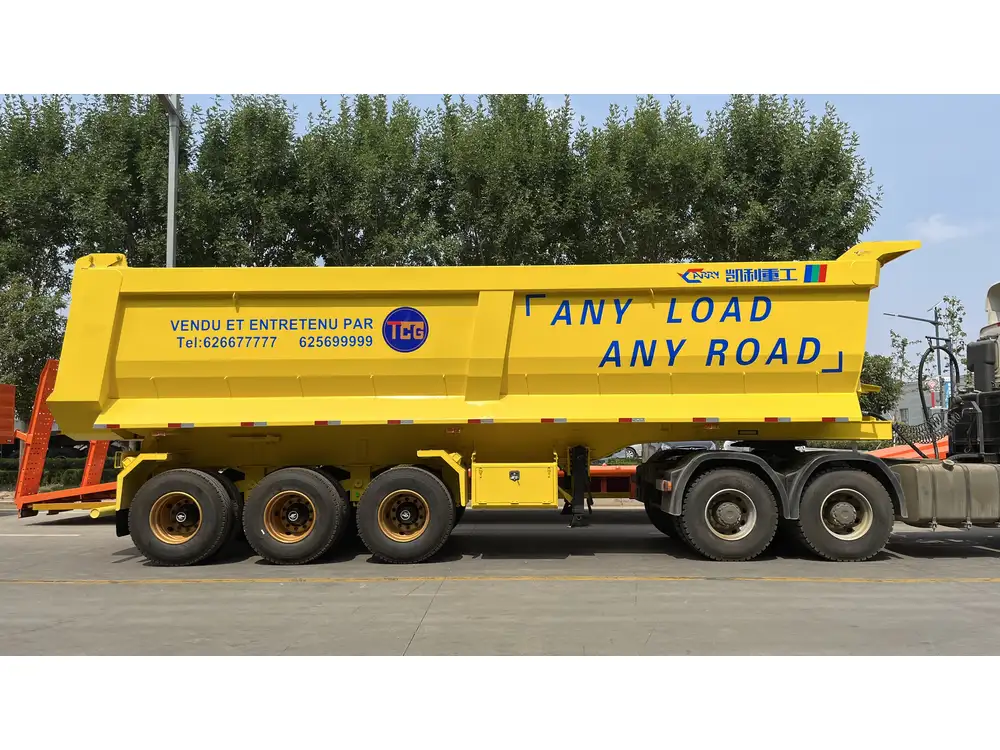Understanding the typical lengths of semi-trailers is crucial for logistics, transportation planning, and compliance with regulations. In this comprehensive guide, we will delve into various aspects of semi-trailer lengths, their classifications, and what you need to know to make informed decisions as a manufacturer, fleet manager, or logistics provider.
Overview of Semi-Trailer Lengths
Semi-trailers are versatile transport vehicles used widely in freight transport. The lengths of these trailers can vary significantly based on their purpose, design, and legal regulations in different regions. Generally, the average length of a semi-trailer in the United States is 53 feet. However, trailers can range anywhere from 48 to 59 feet or more, depending on their specifications and the jurisdiction governing the roads they travel on.
Breakdown of Average Trailer Lengths
| Type of Semi-Trailer | Average Length | Common Uses |
|---|---|---|
| Standard Dry Van | 53 feet | General freight, household goods, etc. |
| Reefer (Refrigerated) | 53 feet | Perishable goods, pharmaceuticals |
| Flatbed | 48 to 53 feet | Construction materials, oversized loads |
| Step Deck | 48 to 53 feet | Heavy loads requiring lower clearance |
| Tanker | 40 to 53 feet | Liquids (fuel, chemicals) |
| Car Carrier | 48 feet | Transporting vehicles |

Legal Regulations Affecting Trailer Lengths
When discussing the lengths of semi-trailers, it is essential to understand the legal constraints that govern them. Different countries and regions have various regulations concerning maximum allowable lengths, which can impact logistics operations significantly.
United States Regulations
In the United States, most states allow semi-trailers to have a maximum legal length of 53 feet. However, some states may have specific routes or regulations that permit longer trailers, sometimes extending up to 59 feet. The Federal Motor Carrier Safety Administration (FMCSA) sets the base standards, but individual states have the authority to enforce additional rules.
International Standards
Globally, lengths can vary even more extensively:
- Canada: Standard lengths are similar to the U.S., often allowing 53-foot trailers; however, provinces may impose their limits.
- European Union: Trailer lengths are typically capped at 16.5 meters (approximately 54 feet), but this can vary based on specific transport requirements and vehicle combinations.

Implications of Trailer Length
Understanding semi-trailer lengths isn’t merely about compliance; it dictates various elements of transport logistics, including:
Load Capacity: The ability of a trailer to carry goods varies with its length and type. Longer trailers can accommodate bulky or multiple items, making them ideal for certain industries.
Maneuverability: Shorter trailers tend to be easier to maneuver in tight spaces, a critical factor for urban deliveries or construction sites.
Fuel Efficiency: Trailer length can also impact fuel consumption. Longer trailers, while carrying more, may lead to higher drag on highways, influencing fuel efficiency differently.
The Role of Weight Limits
In tandem with lengths, maximum allowable weights, known as Gross Vehicle Weight Rating (GVWR), are crucial considerations. The standard maximum allowable weight for a truck and trailer combination in the U.S. is 80,000 pounds. The weight distribution over the trailer can also affect stability and braking distances, making it vital for drivers and fleet managers to ensure compliance with these limits.
Weight Distribution and Its Impact
| Weight Distribution Type | Pros | Cons |
|---|---|---|
| Axle Weight Distribution | Improved stability and handling | Overloading can cause legal issues |
| Load Density | Better weight management | Requires precise calculation |

Comprehensive Guide to Trailer Types and Their Lengths
Understanding the various types of trailers aids in selecting the right one based on specific logistics needs. Below is an in-depth exploration of common trailer types with their respective average lengths.
1. Dry Van Trailers
The quintessential cargo trailer, dry vans are commonly used for transporting non-perishable goods. Their standard length is 53 feet, allowing for substantial cargo capacity.
Benefits of Dry Vans:
- Protection from weather and theft
- Versatility for various types of freight

2. Refrigerated Trailers (Reefers)
Used predominantly for perishable goods, reefers match the average dry van length of 53 feet but include insulation and refrigeration systems to maintain a specific temperature.
Use Cases:
- Transporting food products
- Pharmaceuticals requiring temperature control
3. Flatbed Trailers
Flatbed trailers typically range from 48 to 53 feet. Their open design allows for easy loading and unloading from all sides, making them ideal for oversized loads.

Common Cargo:
- Construction materials
- Machinery
4. Tanker Trailers
For transporting liquids, tanker trailers generally fall between 40 to 53 feet in length. Their design varies significantly based on what they carry, requiring special handling and regulatory considerations.
Types of Tankers:
- Fuel tankers
- Chemical tankers

5. Car Carriers
Dedicated to vehicle transport, car carriers usually measure around 48 feet. Their design allows for multiple vehicles to be loaded efficiently.
Factors Affecting the Choice of Semi-Trailer Length
When selecting a semi-trailer, several critical factors should be considered:
- Type of Load: Different cargo types necessitate particular trailer lengths; oversized cargo might require a flatbed or step deck.
- Route Regulations: State or country-specific regulations can restrict available trailer lengths, which can affect where and how goods are transported.
- Cost of Operation: Longer trailers can lead to increased operational costs due to fuel consumption, insurance, and maintenance considerations.
- Operational Flexibility: The versatility of different trailer lengths in various scenarios, like urban vs. rural routes, can significantly impact operational efficiency.
Conclusion
The average semi-trailer length, generally around 53 feet, is a critical detail for those involved in logistics and transportation. Understanding the various types of semi-trailers, their specifications, and the legal landscape surrounding their use can lead to more informed decisions, optimizing both efficiency and compliance.
Being well-versed in the intricacies of trailer lengths not only aids in meeting regulatory requirements but also enhances operational capacity and improves overall service delivery. Whether you are a manufacturer, fleet manager, or logistic provider, keeping abreast of trailer specifications is invaluable for maintaining a competitive edge in an ever-evolving industry.
We hope this extensive overview has provided you with the necessary insights to navigate the complexities of semi-trailer lengths and their implications in the transportation sector.



